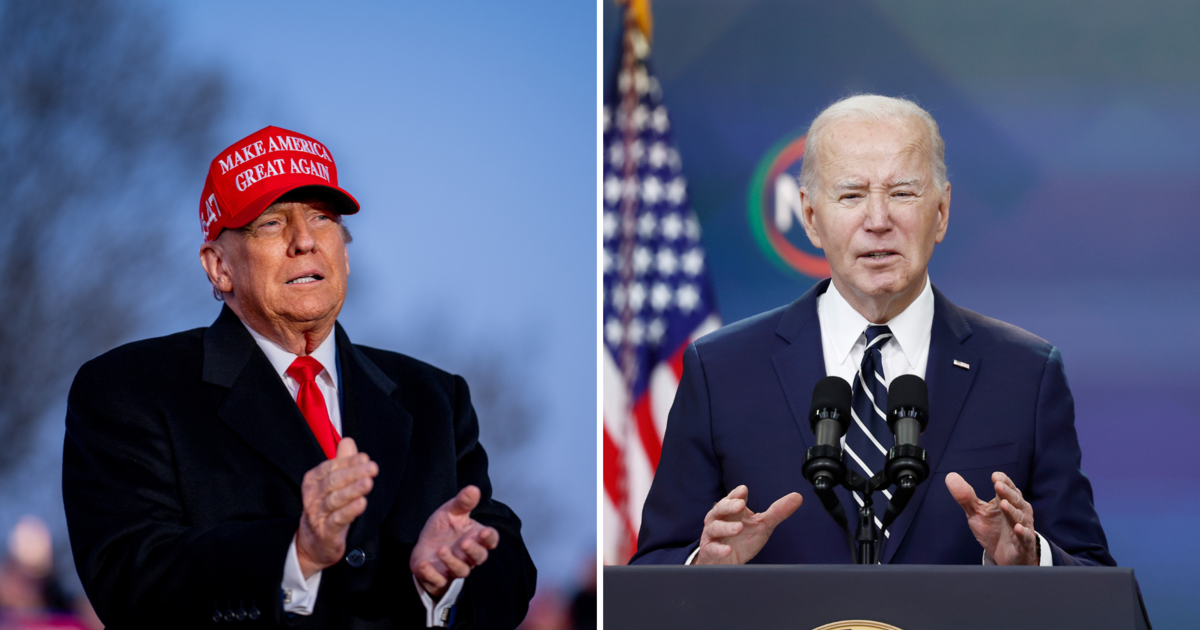Cell Phones Have Made Stalking Easier, Scarier
MINNEAPOLIS (WCCO) -- Some 6.6 million people are stalked in this country each year, and that number has doubled in the last three years.
Experts say something many of us own has contributed to the increase, and they are making stalking easier: cell phones. Our calls, texts, emails and apps can all be accessed if a stalker has your phone for five minutes. It's something that happened to an Anoka County woman.
"This girl came over, running for help. Her wrist is cut, her nose is broken. She said there's an ex-boyfriend attacking her," a 911 caller said on a recording from last year.
That 911 call captures the brutal aftermath. Benjamin Adams had beaten his on-again off-again girlfriend for four and a half hours, smothering her face. Adams is now serving a nearly 20 year sentence in prison for the attack.
"This girl's wrist is cut. She's liable to probably die," the 911 caller said.
The entire October 2013 attack was caught on surveillance cameras. Adams told the victim he set them up to keep tabs on her at his apartment. And he secretly put a spyware app on her cell phone to monitor her activity from his computer.
"He was tracking her phone, listening to her phone calls," said Brian Hill, an Anoka County Sheriff's detective.
Experts say as technology evolves, so does the world of stalking.
"In the old days it was, 'Well, do you see them around? Is he, you know, driving past your house?' would be the questions to ask. Now it's become so easy for someone to be able to stalk you using technology that you have to look at it, you know, completely different," Hill said.
He says cheap stalking apps can be downloaded in minutes. All a person needs is access to the phone, and the victim will never know the app is on there.
"They get call logs, they get all of the incoming, outgoing calls, missed calls, and they can even record a phone call when it comes in or if it's answered," Hill said.
He adds that GEO tracking on phones may be the scariest part because the data is so precise.
"You're able to not only track their movements, you know, their exact routes of how they're going someplace. You can also put up what's called a GEO fence. And if that person leaves the area you set, it then notifies you right away," Hill said.
Technology has forced domestic violence shelters to change their practices. Abusers and stalkers have showed up at the front door of the Alexandra House in Anoka County, looking for a victim, traced by GPS. That's where the survivor in the Adams case went.
"This takes it to a whole other level because not only do you have or may have that physical piece, but there's also this kind of behind-the-scenes controlling that is much more difficult to detect, much more difficult to stop," said Alexandra House Therapist Christina Buscko.
She believes the stalking adds to the feeling of powerlessness for victims.
"When you have people who come to our shelter, they're in a crisis," Buscko said. "They're leaving a dangerous situation. That can be really scary in terms of privacy and making sure that you feel safe as a person."
Minnesota added teeth to the stalking law in 2010 to include all forms of wireless and electronic communication.
"Now we know that many types of stalking and harassing happen from hundreds of miles away," said Rep. Debra Hilstrom (D-Brooklyn Center), who sponsored the bill. "But ultimately, it's about fear and control, and we just want to make sure that we have the tools to hold them accountable."
Experts hope adding layers to the law and educating people about the dangers of cyber-stalking will raise awareness and lower the accessibility for the stalker.
Det. Hill says the most important thing for victims to remember is to never leave your phone alone, and don't give out the passcode.
If you feel like your phone is running slow or you are being tracked, have your phone checked.



